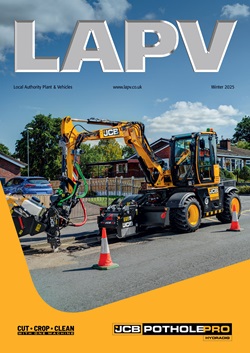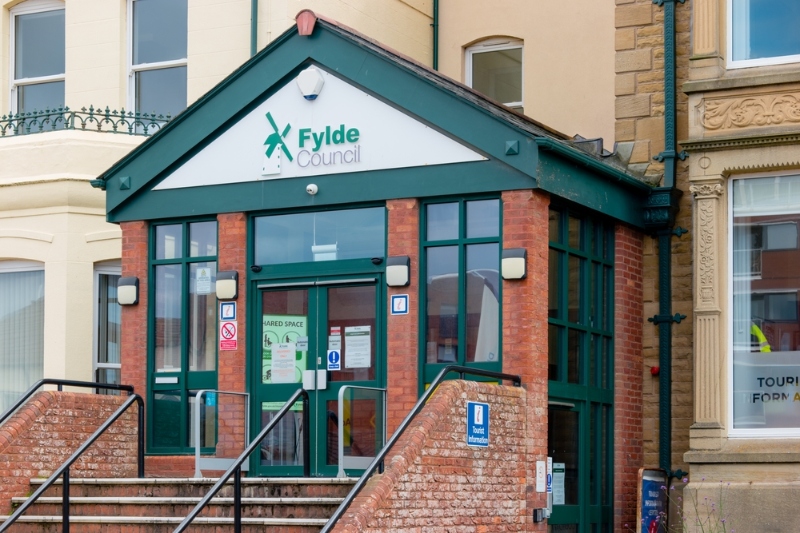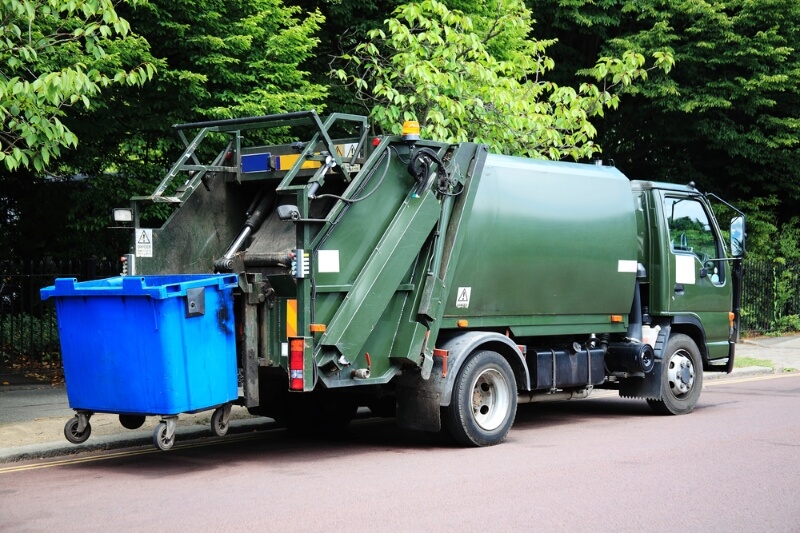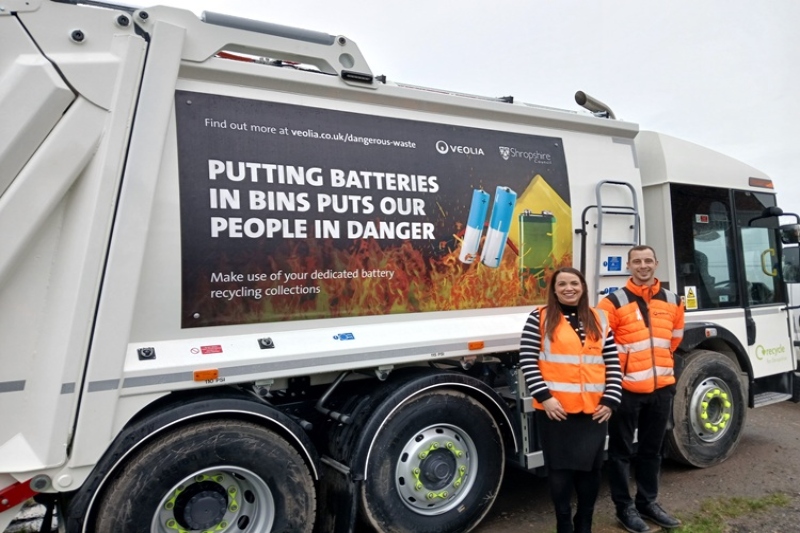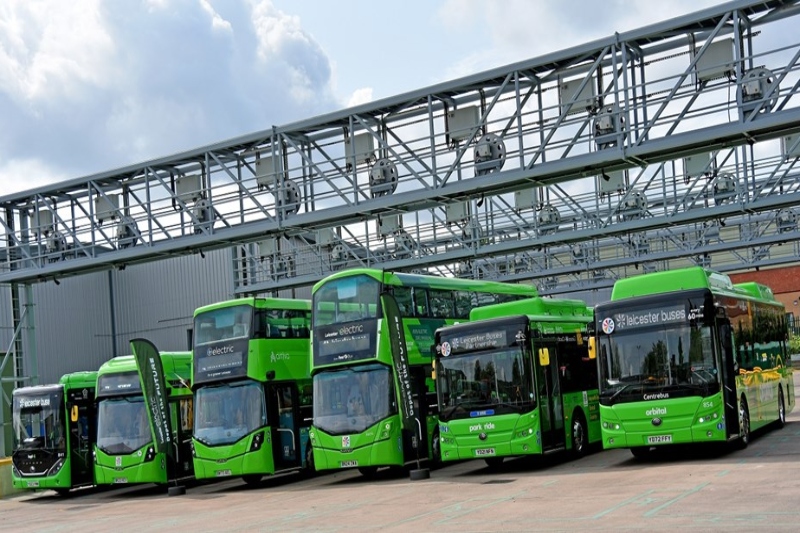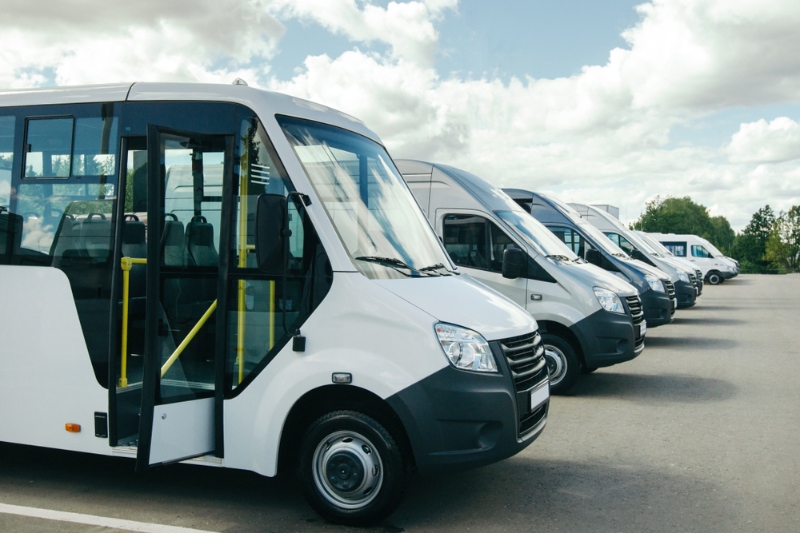In every issue a top spokesperson from within the industry or a Local Authority voices his opinion on issues that concern LA work. LAPV invited David Timms, marketing manager for Britax PMG, to comment on the importance of safe electrical equipment in vehicles.
For most, to think 'Britax' is to immediately conjure up among others images of passenger restraint systems, including seat belts and child safety seats, that have been with us since the 'clunk click' days when such things became an optional and then a compulsory fit for passenger cars.
However, the vehicle components side of the operation was split out from Childcare in 2005 and became the Public Safety Equipment (PSE) Group, including Britax PMG Ltd. Together with sister companies, including Premier Hazard and Britax PSV Wipers. Britax PMG Ltd continues to manufacture and supply mandatory, auxiliary and hazard warning lighting and components ' all from bulbs, light units, windscreen wiper systems, wiper blades and light bars ' to vehicle manufacturers and operators across the world.
And today, with legislative requirements forever increasing and pressures on vehicle costs rising pro rata, the importance of purchasing from companies such as Britax-PMG Ltd able to back their products with the research, development and testing needed to comply with legislation and 'duty of care' obligations has never been as high.
For example, take EMC. What's that, most will say? Quite simply, its stands for electromagnetic compatibility, its covered by EU legislation and it ensures that use of electrical equipment ' mandatory or auxiliary ' fitted to a vehicle cannot interfere with the safe operation of sensitive electronic systems fitted either to the vehicle itself or to passing/adjacent vehicles.
With the growing use of electronics to manage all from braking to stability in today's automotive fleet, the importance of complying with such legislation is self evident. So when purchasing rotating hazard beacons, for example, you can be sure that those from Britax-PMG Ltd comply with the latest EU regulations and carry the appropriate CE marking.
Always make sure that you are buying from a recognised supplier/manufacturer. Being accredited to quality standard ISO 90001 and environment standard ISO 14001, as Britax-PMG Ltd is, is probably as good an indication as any that you are buying products that tick all the right boxes.
Such assurances hold good not just for today. They also augur well for nascent products, not least the high density LED for mandatory and auxiliary vehicle lighting, including hazard warning light bars.
To say that the LED is the successor to the ubiquitous light bulb, at least for automotive applications, would perhaps be premature. However, if signals from the aftermarket are accurately plotting the course to come, within the next ten years or so the LED could be on its way to unseating the bulb from its lofty socket.
Why? The LED is both water and shockproof, it's 'fit and forget'. Not only does the LED put an end to what most will agree is a seemingly endless succession of vehicles coming into the workshop for yet another bulb change, its durability also puts an end to the H&S implications and inconvenience of reaching bulbs in otherwise inaccessible places and the chances of the vehicle receiving a ticket for a blown bulb while out on service.
Longevity is not the only plus for LED. Its power draw is only about 5% of that for the bulb it unseats ' the opportunity to fit lower capacity batteries/alternators and/or the opportunity to fit more electrical equipment without the need to upgrade the power source or run the risk of flattening the battery.
Another plus in the LED's locker is the 'high intensity' light it emits. It's a brighter light that can be seen from a greater distance ' and that applies in daylight as well as at night or in poor weather.
Some will also tell you that when used as a brake light, the LED fires up that split second quicker ' perhaps enough to make that all important difference between a bump and a near miss.


